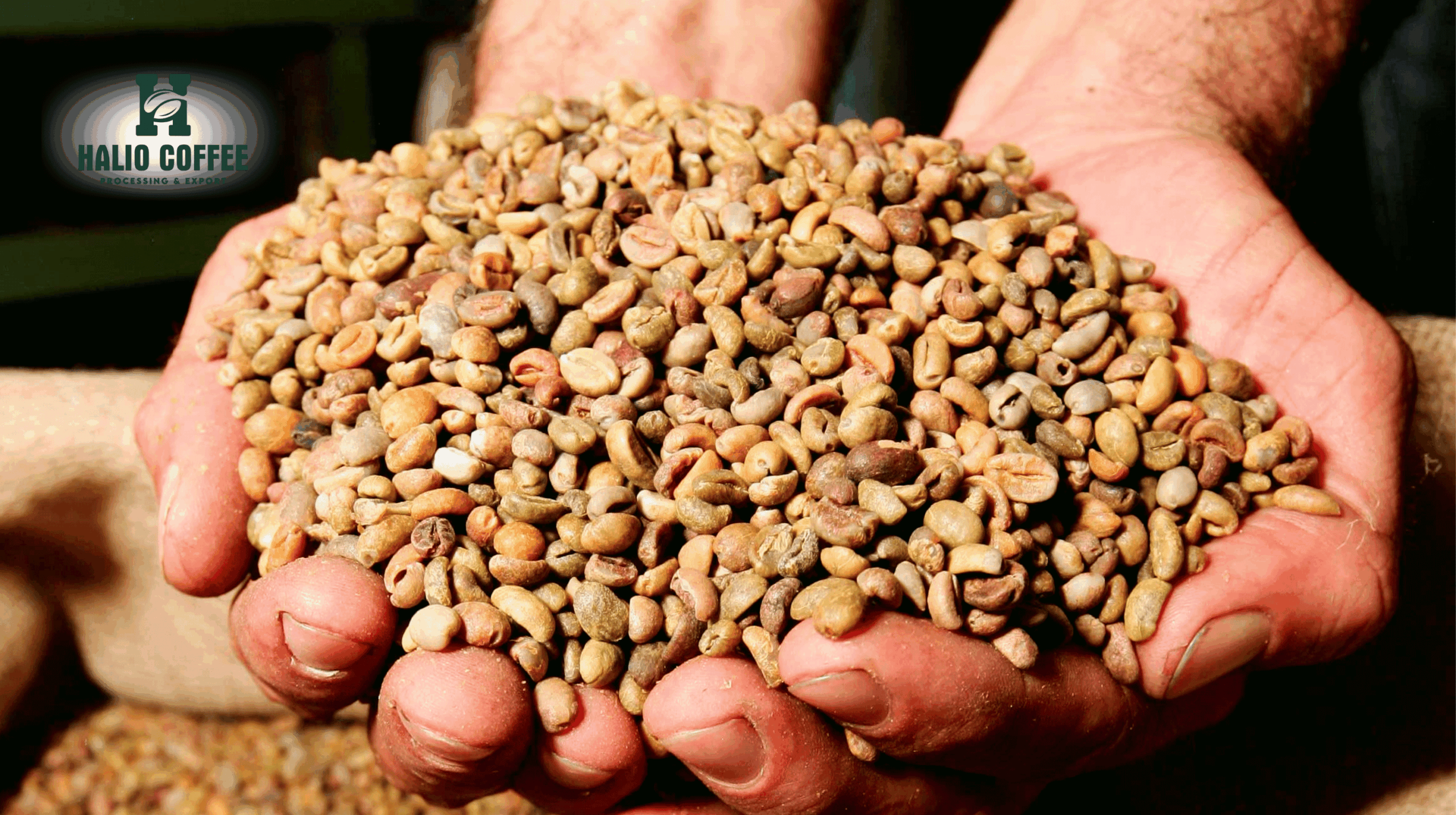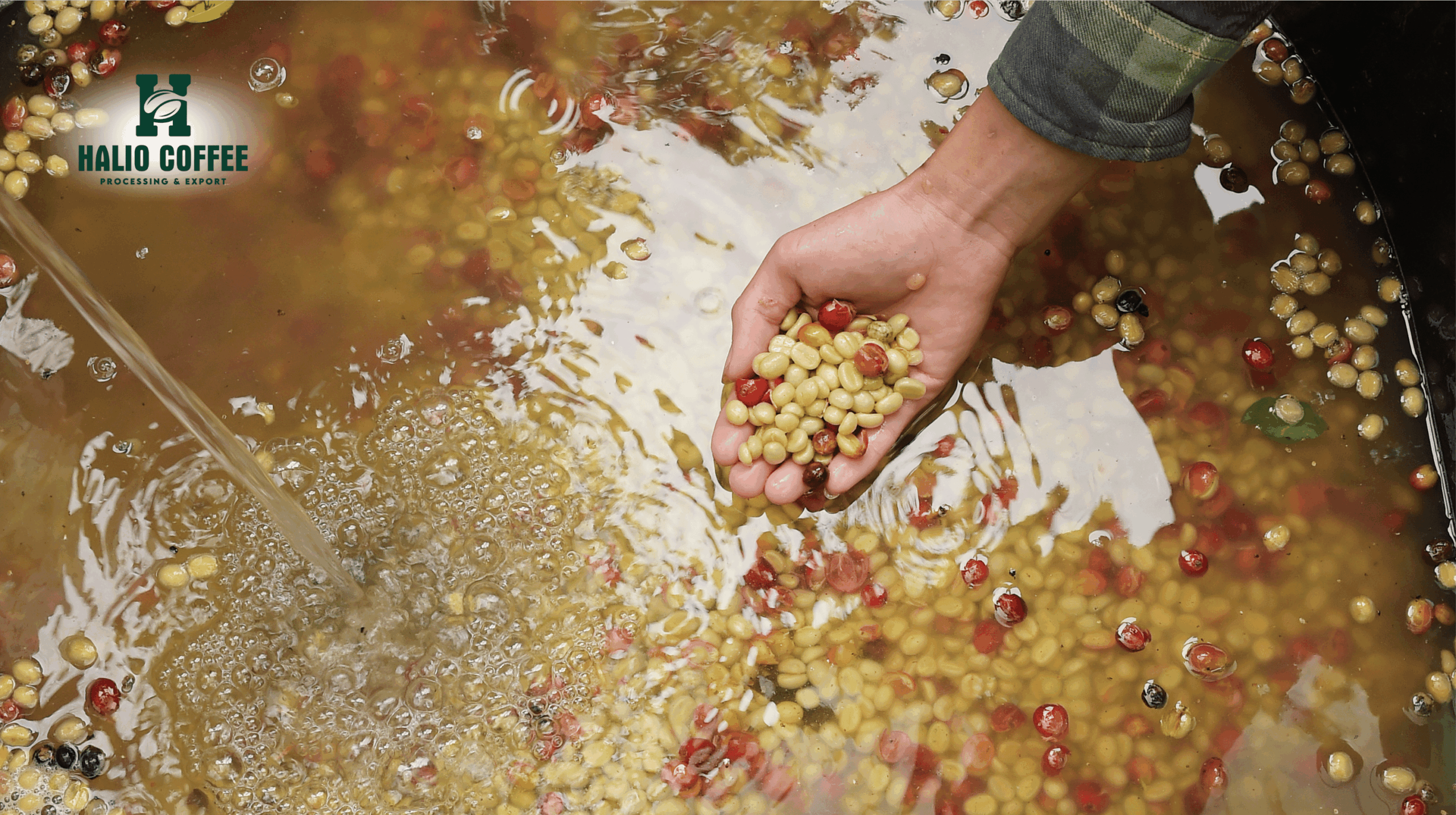Coffee Prices Today, September 8: Downward Pressure Still Weighs on the Market?
Coffee prices continue to face downward pressure, with robusta falling sharply by $113/ton to just $4,468/ton. The market is under stress due to concerns over weakening consumer demand in the U.S., while traders are awaiting further developments regarding the potential 50% tariff on Brazilian coffee.
Global Coffee Market Update
On the London Exchange, ICE robusta futures for September 2025 closed last week at $4,468/ton, down 10.7% ($533/ton) compared to the week before. The November 2025 contract also dropped 10.5% ($506/ton), closing at $4,309/ton.
On the New York Exchange, arabica futures for September 2025 fell 2.8% (11.3 US cents/pound) during the week, now trading at 385.6 US cents/pound. The December 2025 contract lost 3.2% (12.5 US cents/pound), finishing at 373.65 US cents/pound.
Robusta prices are under pressure as trading activities in Vietnam slow down while exports continue to rise sharply.
Speaking to Reuters, a coffee trader in Vietnam explained: “Trading activity usually slows down around this time of year, as everyone waits for the new crop to enter the market.” Another trader added that weather conditions have been favorable, raising farmers’ expectations for a strong harvest.
Vietnam’s Coffee Exports on the Rise
According to the General Statistics Office, Vietnam exported 85,000 tons of coffee in August, a sharp increase of 12.9% compared to the same month last year.
With export volumes steadily improving in recent months, total exports from January to August reached 1.14 million tons, generating a record-breaking export value of $6.5 billion. This marks a 7.8% increase in volume and an impressive 61.1% surge in export revenue compared to the same period in 2024.
Brazil’s Production Outlook and U.S. Tariff Pressure
According to I & M Smith and Brazil’s national supply agency CONAB, the agency—well known for its conservative forecasts—lowered its 2025 production outlook to 55.2 million bags, down from the 55.7 million bags projected in May. However, this is still 1.8% higher than last year’s output.
CONAB’s 2025 harvest report, based on extensive field surveys, indicates that average productivity for both arabica and robusta (conilon) will be 29.7 bags/hectare, about 1% lower than earlier estimates.
At the same time, CONAB raised concerns over the U.S.’s recently imposed 50% tariff on Brazilian coffee, which could place further strain on an already tight global market. In response, the Brazilian government announced a credit support package worth 30 billion reais through the Export Guarantee Fund (FGE), managed by the state development bank. The aid includes low-interest loans, tax breaks, and insurance support to ease financial pressure and offset risks from the tariff impact.
Weather Outlook in Brazil
With the current harvest now completed, Brazil’s weather forecasts indicate mainly dry and warm conditions for the next two weeks, with light showers expected in some regions.
According to the national meteorology agency Inmet, seasonal rainfall is expected to increase in major coffee-growing regions by late September and early October. Long-term forecasts suggest favorable rainfall throughout October and November, which is necessary to trigger flowering for the next arabica crop. These trees will then have around ten months to mature before the harvest in mid-2026.
Outlook for Other Producing Countries
In Q4 this year, the main harvest season for Colombia, Central America, Mexico, and Vietnam will begin for the 2025–2026 crop year. Together, these countries are expected to export around 28 million bags of arabica and 24.5 million bags of robusta.
The current export season in Mexico and Central America is drawing to a close. These countries, which primarily produce washed arabica, will wrap up exports for the 2024–2025 crop by next month. Ahead of the new season, weather conditions have been generally favorable, providing a solid foundation for the upcoming harvest.
For the 2025–2026 crop year (October 2025–September 2026), total production in Mexico, Honduras, Guatemala, Nicaragua, Costa Rica, and El Salvador is forecast at 17.5 million bags, which is broadly stable compared to last year’s output.
- Coffee Price Today: Domestic Vietnam Market Hits Nearly 100,000 VND/kg, Despite Global Weakness
- How Coffee Roasters Are Fighting Rising Costs
- The Landed Cost Blueprint: A Complete Breakdown of the Cost of Importing Coffee from Vietnam
- Coffee Prices Today, October 7th: Quiet Trading as Market Awaits US-Brazil Tariff Talks
- Rainforest Alliance Certified Coffee Vietnam: A Sustainable Choice for Global Buyers







